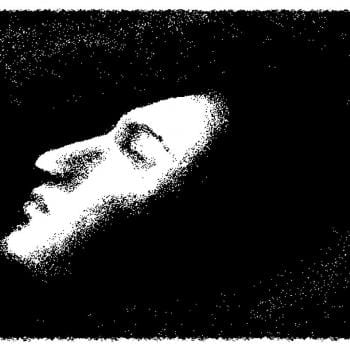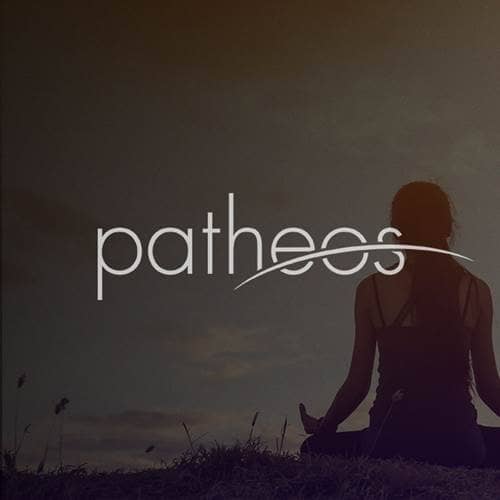- Trending:
- Pope Leo Xiv
- |
- Israel
- |
- Trump
- |
- Social Justice
- |
- Peace
- |
- Love

RELIGION LIBRARY
Tantra
The term Tantra encompasses an array of philosophical doctrines and ritual practices within Hinduism and Buddhism which first emerged in India in the 7th century C.E. Tantra is a vast, complex system of esoteric practices aimed to help one achieve the fulfillment of spiritual experience. There is a vast corpus of both Hindu and Buddhist tantric texts, often simply called "Tantras". Hindu Tantric traditions often emphasize the Shakti (power) of the goddess. Some of the prominent Shakti tantras describe and proscribe such so-called "left-hand" practices as magic, spells, and ritual sexual excerises. Buddhist Tantric traditions are often associated with Vajrayana Buddhism (sometimes just called "Tibetan Buddhism"), but other versions also include the Shingon tradition in Japan and the Chen-yen tradition in China. Buddhist Tantras present complicated philosophical orientations and detailed rituals, as well as some "left-hand" practices. Tantra is typically understood to be a quicker path to overcoming the desires and attachments keeping one stuck in samsara (the cycle of rebirth), and it does so not by avoiding the things that cause attachment but by conquering them. This also makes it a potentially dangerous path which, if not practiced under the guidance of a tantric expert, can lead to being consumed by one's desires. Tantric practices have become extremely popular in the West in the last few decades, although many western versions of the tradition are seen by tantric adepts as distortions and, in many instances, perversions of the philosophical and ritual principles and practices of the tradition.
Quick Facts
| Formed | 500 |
| Adherents | Unknown |
| Deity | Hindu and Buddhist pantheons |
| Sacred Text | Various, including Vaisnava Samhitas, Saivagamas, Sakta Tantras, Mahanirvana Tantra |
| Origin | India |
| Headquarters | None |










